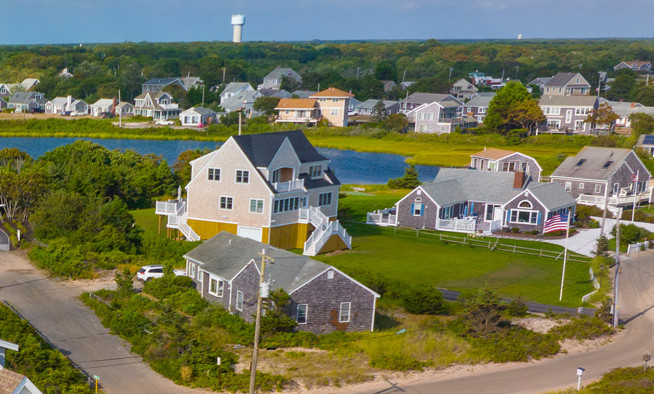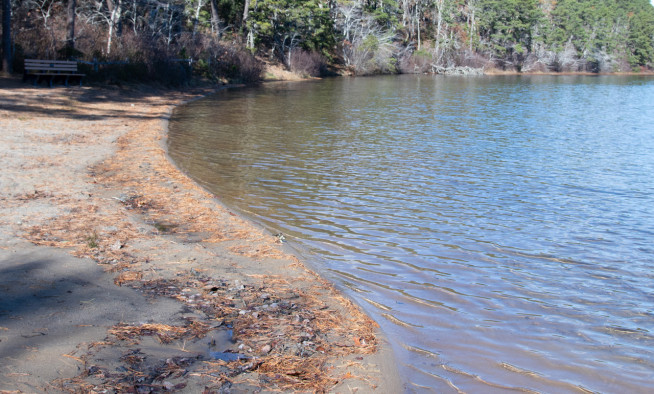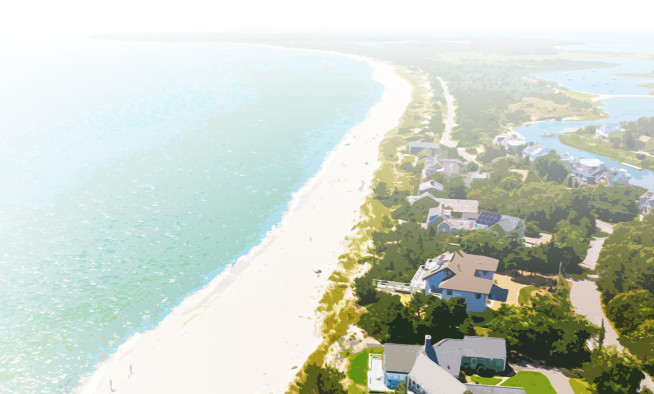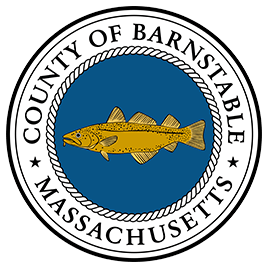Supporting native plant use on Cape Cod
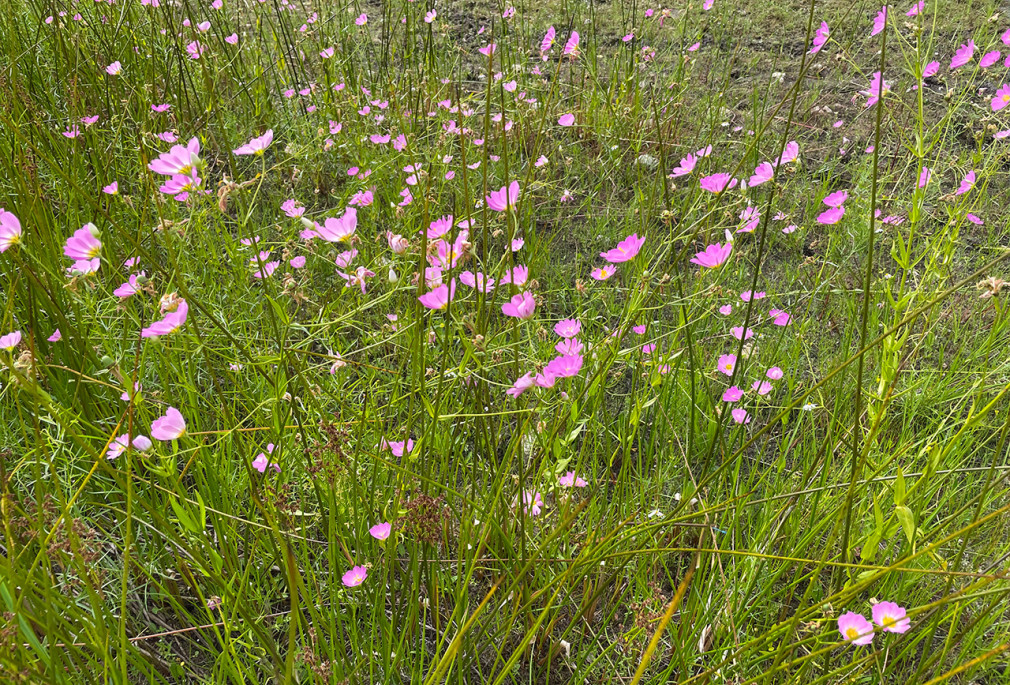
Cape Cod lies within the Atlantic coastal pine barrens ecoregion, a globally rare habitat that includes pitch-pine woodlands, freshwater kettle ponds, and coastal beaches. Each habitat hosts its own community of native plant species – resilient and essential to Cape Cod’s environment and its character.
Cape Cod’s native plants have evolved to thrive in the region’s sandy soils, cold winters, salt spray, and changing patterns of drought and flooding. Because they are adapted to local conditions, native plants require little irrigation, fertilizer, or pesticides once established, reducing maintenance costs and protecting the region’s fresh and coastal water resources from nutrient pollution. Their deep root systems also help stabilize soil, prevent erosion, and filter stormwater.
Beyond their value in protecting our water resources, native plants enrich Cape Cod’s biodiversity. From spring blooms to summer meadows and brilliant fall color, they shape the natural landscape through every season. Native plants also sustain the food webs that support local wildlife by feeding pollinators, providing insects for birds, and offering shelter for a wide range of species. Choosing native plants helps preserve not only Cape Cod’s environment but also the living systems and sense of place that make the region unique.
Recognizing the important ecosystem services native plants provide, Commission staff are developing an updated list of native plants for use in local and regional planning. Using the comprehensive plant list featured in the Cape Cod Freshwater Pond Buffer Guidance as its foundation, the updated list will include additional native species and indicate which are suited for upland and coastal environments as well as freshwater pond buffers. Created as part of the Freshwater Initiative, the Pond Buffer Guidance highlights the ecological benefits of native plants and their role in supporting healthy habitats.
The updated native plant list will also serve as a resource during the regional regulatory review process. Commission staff work closely with applicants and the Commission Board to ensure proposed landscaping incorporates native vegetation, supporting both wildlife and plant habitat and community design goals and objectives.
Related Posts
